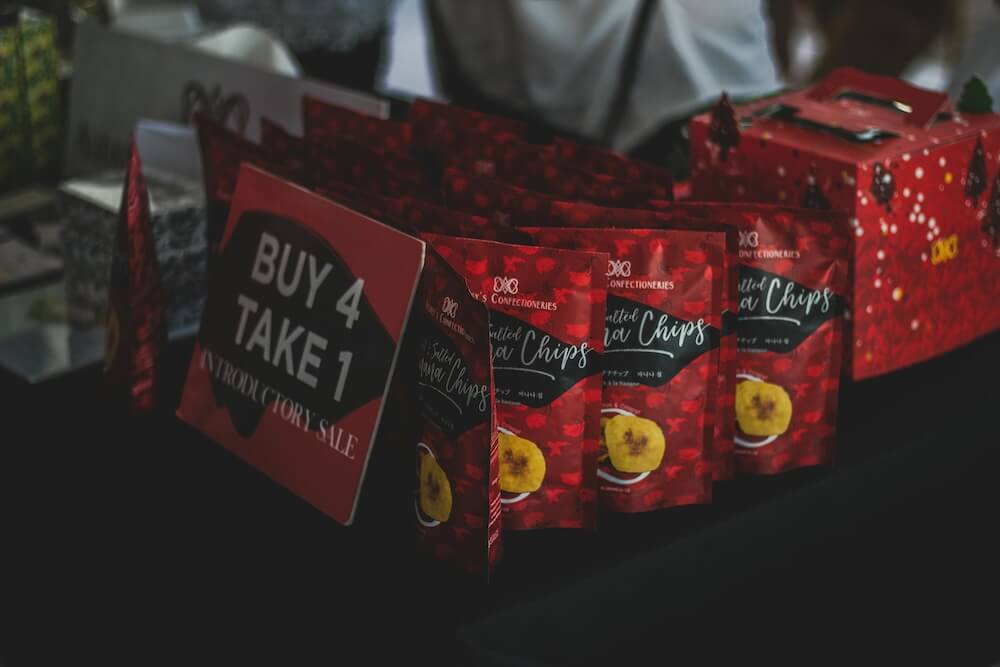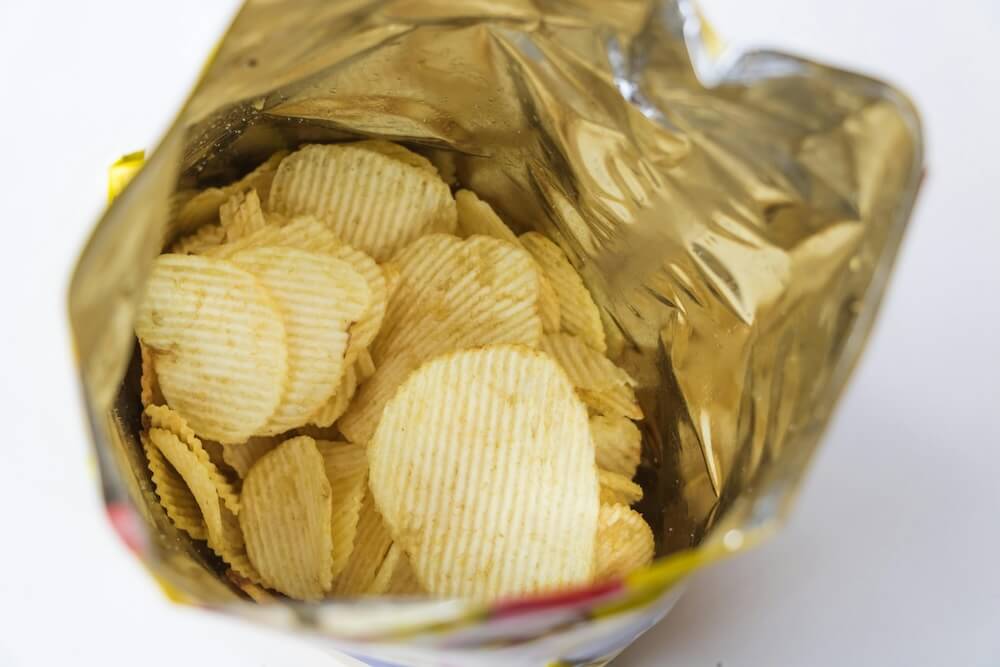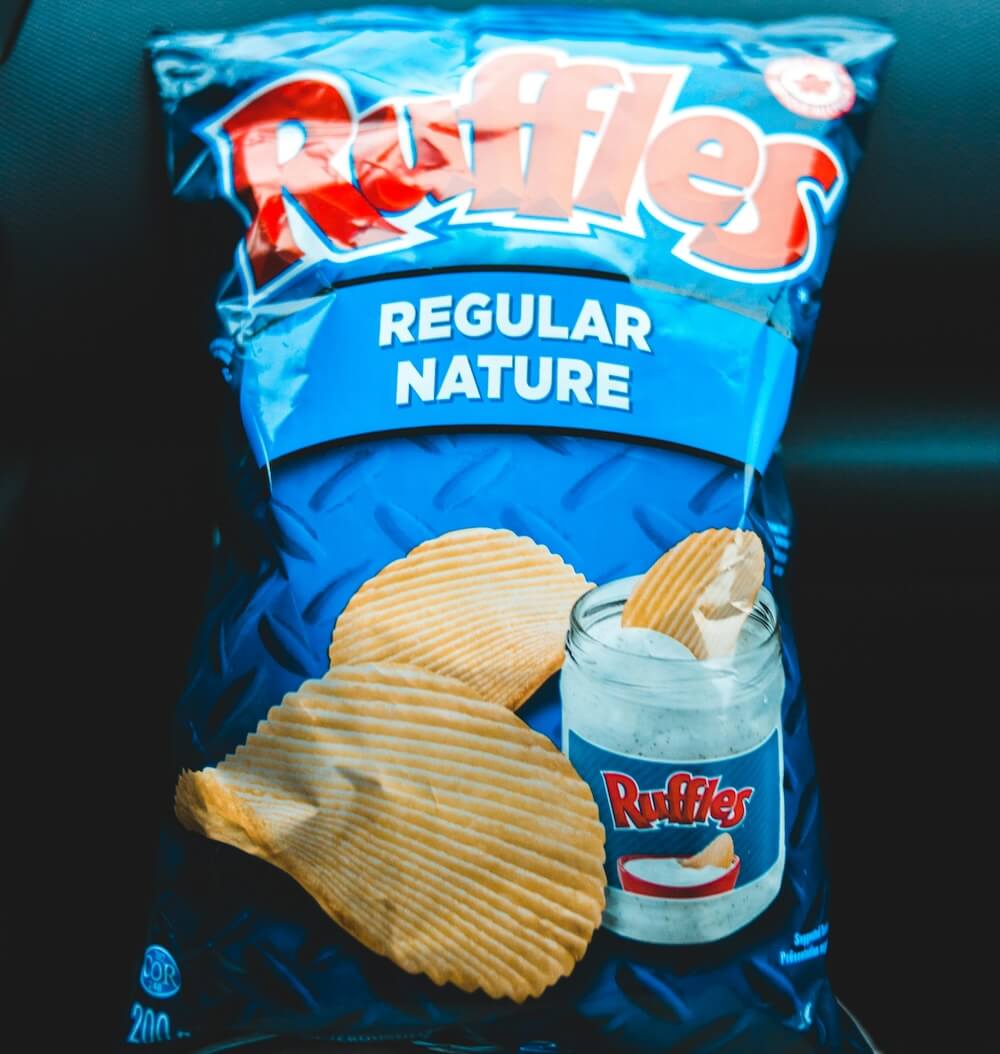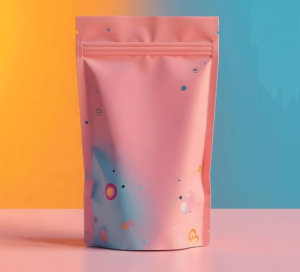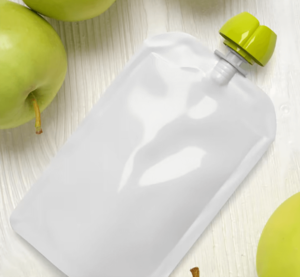Chips—whether they’re classic potato chips, crunchy tortilla chips, or even healthier veggie chips—are a snack that everyone loves. But have you ever wondered how these snacks stay so crispy and fresh in their bags? The secret lies in flexible packaging. This type of packaging has become the go-to solution for maintaining chip freshness, offering convenience, and addressing sustainability concerns in the snack industry.
In this blog, we’ll dive into why flexible packaging works so well for chips, the materials behind it, and the future trends shaping its growth.
Why Flexible Packaging is Perfect for Chips
Freshness preservation is a top priority when it comes to chips. Chips are incredibly sensitive to air, moisture, and light. If exposed to any of these elements, they can become stale and lose their signature crunch. Flexible packaging, designed with special barrier properties, prevents air and moisture from entering, keeping chips fresh and crispy for much longer. Some packages even incorporate layers that block light, preserving the chips’ flavor and quality.
Convenience is another reason flexible packaging reigns supreme for chips. Whether you’re snacking on-the-go or packing lunch, flexible bags are lightweight and easy to carry. Thanks to resealable zippers, you can enjoy chips in stages without worrying about them going stale once opened. Plus, they take up less space on store shelves, making them easy to stack and transport in bulk.
The Materials Behind Flexible Chip Packaging
Flexible packaging isn’t just about convenience and freshness—it’s also about the materials used. Over the years, the materials used in flexible packaging have become more advanced, ensuring optimal protection while being lightweight and cost-effective.
- Foil Laminates
Foil laminate is one of the most commonly used materials in flexible chip bags. By combining aluminum foil with other materials like polyethylene or polypropylene, manufacturers create a protective barrier that shields chips from moisture, air, and light. At the same time, the plastic layers add durability and flexibility. This combination ensures the chips stay fresh longer while maintaining their crunchy texture. - BOPP (Biaxially Oriented Polypropylene)
Another popular material in chip packaging is BOPP, a type of plastic film. BOPP is transparent, durable, and can be printed on, making it ideal for branding and marketing purposes. It’s lightweight and provides a good barrier against moisture, though it’s slightly less protective against light compared to foil laminates. It’s a cost-effective solution for brands looking to offer fresh chips in an attractive package. - Paper-Based Options
While most chip packaging relies on plastic, paper-based flexible packaging is gaining traction due to its sustainability benefits. Made from renewable resources, these paper-based packages often feature a thin plastic liner to protect the chips from moisture. As sustainability becomes more important to consumers, paper-based options are increasingly seen as a promising alternative to traditional plastic packaging.
Sustainability in Flexible Packaging: A Growing Trend
The demand for eco-friendly packaging continues to rise as consumers grow more concerned about the environment. Brands in the snack industry are taking note and are actively seeking sustainable packaging solutions.
- Recyclable Materials
Many chip manufacturers are now choosing recyclable materials to align with consumer demand for more sustainable options. Polyethylene-based flexible packaging, for example, is widely accepted in curbside recycling programs. This makes it easier for consumers to dispose of the packaging responsibly, reducing its impact on the environment. - Biodegradable and Compostable Packaging
While still in the early stages, biodegradable and compostable packaging options are starting to gain traction in the snack industry. These materials, often made from plant-based films, break down more easily in the environment, offering an alternative to traditional plastic packaging. Though not yet mainstream, these solutions hold significant promise for the future of sustainable packaging.
Flexible Packaging Design Innovations
Flexible packaging is not only functional—it’s also about making a strong visual impact. As the snack market becomes increasingly competitive, brands need to differentiate themselves, and flexible packaging allows for endless design possibilities. Here are a few trends in chip packaging design that are catching consumers’ attention:
- Stand-Up Pouches
Stand-up pouches are one of the most popular types of flexible packaging. These bags allow chips to be displayed upright on store shelves, maximizing visibility and shelf space. The stand-up design is especially popular for larger snack bags and adds a modern touch to the packaging. Many brands also include easy-to-carry handles on their stand-up pouches, making them more convenient for consumers. - Window Pouches
Another growing trend is window pouches, which feature transparent sections that allow consumers to see the product inside. This kind of packaging promotes transparency and trust, as customers can confirm the quality and quantity of chips before purchasing. It also adds a premium, high-quality feel to the product. - Customizable Printing
Advances in digital printing have made it easier for brands to create vibrant, custom-designed packaging. This allows snack companies to experiment with new colors, patterns, and even interactive elements that can engage consumers. Customizable printing also enables brands to run limited-edition packaging or quickly adapt to market trends.
The Future of Flexible Packaging for Chips
Looking ahead, the future of flexible chip packaging looks bright. As sustainability continues to be a priority, more manufacturers are adopting recyclable, biodegradable, and compostable materials to minimize their environmental impact. The use of mono-material packaging (made from a single material) is also on the rise, making recycling easier.
At the same time, digital printing technology will continue to evolve, enabling even more creative and personalized designs that can help brands stand out in a crowded market. Flexible packaging’s ability to adapt to consumer needs—whether it’s improving shelf appeal, enhancing product freshness, or reducing environmental impact—ensures that it will remain the packaging solution of choice for the snack industry.
Conclusion
In the competitive world of snack packaging, flexible packaging has proven itself to be the ideal choice for chips. It keeps chips fresh, convenient to use, and environmentally friendly, offering a well-rounded solution for both manufacturers and consumers. As sustainability and design continue to shape the future of packaging, flexible packaging will only become more innovative and essential in the years to come.
In summary, flexible packaging for chips offers a unique combination of freshness, convenience, and sustainability. Whether it’s protecting the crispiness of the chips, making them easy to carry, or responding to consumer demand for greener options, flexible packaging is a key player in the snack industry’s future.

